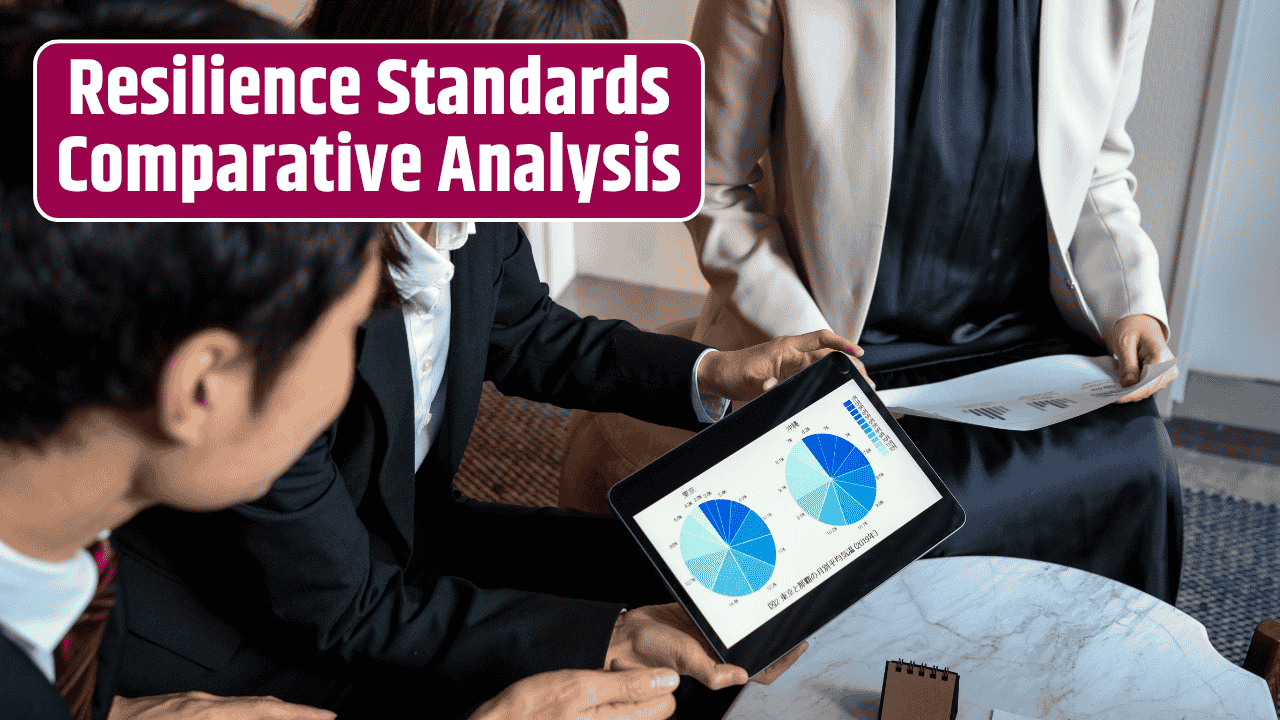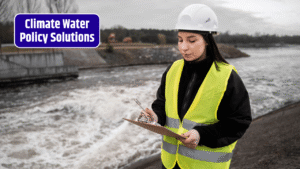Resilience has become a central theme in national planning, especially in the face of growing climate risks, economic shocks, and geopolitical tensions. Developed countries have increasingly integrated resilience into infrastructure design, economic policy, emergency management, and community development. However, the standards and frameworks used to define and measure resilience vary significantly from one nation to another.
This comparative study explores how leading developed countries approach resilience, the standards they apply, and how these strategies reflect national priorities.
Table of Contents
Understanding Resilience in a National Context
Resilience refers to a nation’s ability to absorb, recover from, and adapt to adverse events—whether environmental, economic, or social. Countries define and implement resilience in unique ways, often guided by institutional capacity, historical exposure to risk, and socioeconomic priorities.
Key Dimensions of National Resilience Standards
To understand these differences, we can break down resilience into four primary dimensions:
- Infrastructure Resilience: Standards for building codes, energy systems, transportation, and digital infrastructure.
- Economic Resilience: Fiscal and monetary policies that buffer shocks and support recovery.
- Environmental Resilience: Climate adaptation strategies, resource management, and sustainability goals.
- Social Resilience: Community preparedness, health care systems, and social safety nets.
The table below summarizes how several developed nations address these dimensions:
| Country | Infrastructure Resilience | Economic Resilience | Environmental Resilience | Social Resilience |
|---|---|---|---|---|
| USA | ASCE codes, FEMA standards | Federal stimulus, diversified economy | National Climate Resilience Framework | FEMA, CDC, state-level emergency management |
| Canada | National Building Code of Canada | Central Bank mandates, fiscal stabilization | Pan-Canadian Framework on Climate Change | Public health, community-led disaster prep |
| Germany | EU construction norms, DIN standards | Bundesbank policy, strong social welfare | Energiewende policy, EU Green Deal | Social insurance, strong public healthcare |
| Japan | Earthquake-resistant building codes | Fiscal stimulus, disaster bonds | National Adaptation Plan, energy reforms | Advanced early warning, community drills |
| Australia | Australian Building Codes Board | Reserve Bank policy, natural disaster relief | National Resilience and Recovery Agency (NRRA) | Medicare, community resilience initiatives |
Variations in Strategic Approaches
While all countries share a common goal of building resilience, their strategies reflect distinct national circumstances:
- The U.S. emphasizes decentralized disaster management and infrastructure modernization, relying heavily on federal-state collaboration.
- Canada takes a unified federal approach, focusing on equity, inclusion, and cross-sector partnerships to build community resilience.
- Germany embeds resilience into its broader EU commitments, leveraging green policies and social protections.
- Japan, with its history of natural disasters, has world-leading building codes and community engagement in disaster preparedness.
- Australia balances resilience with risk management, emphasizing climate adaptation and post-disaster recovery through public-private coordination.
Common Challenges and Emerging Trends
Despite varying methods, developed nations face similar challenges:
- Aging infrastructure not built for current climate risks
- Rising costs of disaster recovery and insurance
- Social disparities in vulnerability and recovery speed
- Integrating real-time data and AI into risk management systems
Emerging trends include the adoption of smart infrastructure, resilience scoring systems, and public investment frameworks that prioritize long-term sustainability over short-term returns.
Resilience is no longer just a policy option—it’s a necessity for national stability. Developed countries are leading the way by creating robust frameworks, yet the differences in standards show there’s no one-size-fits-all model. As global risks continue to evolve, international collaboration and knowledge-sharing will be key to building stronger, more adaptive societies.
FAQs
What is a resilience standard?
A resilience standard is a set of guidelines or regulations designed to help systems withstand and recover from disruptive events like natural disasters, economic crises, or cyber threats.
Which country has the strictest building resilience standards?
Japan is widely recognized for its rigorous building codes, particularly for earthquake resistance, due to its high seismic activity.
Why do resilience approaches differ among developed nations?
Resilience strategies depend on each country’s geography, economy, history of disasters, and governance structure, leading to varied priorities and frameworks.
Are there international resilience standards?
While there are global frameworks like the Sendai Framework for Disaster Risk Reduction, resilience standards are mostly adopted and enforced at the national level.
How is climate change impacting resilience planning?
Climate change increases the frequency and severity of natural disasters, pushing nations to rethink infrastructure, insurance, emergency response, and long-term adaptation strategies.














